Smoke bush Cotinus coggygria Golden Lady = 'Mincojau3' (PBR)










ABOUT
The plant commonly known as the Golden Lady Smoke Bush boasts an array of visually striking features. It is adorned with round, velvety leaves that display a vibrant golden-yellow color, which can become more intense in the presence of full sunlight. The foliage creates a dense, bushy appearance that adds a bright, luminous quality to the landscape. During the flowering season, the Golden Lady Smoke Bush produces remarkable, feathery plumes of blooms. These blooms are noted for their smoky, mist-like appearance which gives the plant its smoke bush name. The flowers stand in ethereal contrast to the golden foliage, providing a soft, cloud-like effect that is especially enchanting when backlit by the sun. Overall, the combination of golden leaves and smoky blooms gives the Golden Lady Smoke Bush a truly distinctive and attractive presence in any garden setting.
About this plant
 Names
NamesFamily
Anacardiaceae
Synonyms
Smoke Bush, Smoke Tree, Venetian Sumac, Wig Tree
Common names
Cotinus coggygria 'Mincojau3'
 Characteristics
CharacteristicsLife cycle
Perennials
Foliage type
Deciduous
Color of leaves
Golden
Flower color
Varies
Height
5 feet (1.5 meters)
Spread
5 feet (1.5 meters)
Plant type
Shrub
Hardiness zones
5
Native area
Eurasia
Benefits
 General Benefits
General Benefits- Attractive Foliage: 'Golden Lady' displays vibrant, golden-yellow leaves that create a striking visual impact in the garden.
- Low Maintenance: This variety of smoke bush is known for requiring minimal care once established, making it suitable for gardeners of all levels.
- Drought Tolerant: After establishing a deep root system, Cotinus coggygria 'Golden Lady' can withstand periods of drought, reducing the need for frequent watering.
- Seasonal Interest: Throughout the seasons, the foliage color transitions, and feathery flower clusters appear in summer, adding dynamic changes to the landscape.
- Compact Habit: 'Golden Lady' has a smaller, more compact growth habit than other smoke bush varieties, making it an excellent choice for smaller gardens or spaces.
- Non-Invasive: As a non-invasive plant, it won't spread uncontrollably, which helps to maintain biodiversity and makes it a responsible choice for any garden.
 Medical Properties
Medical PropertiesThis plant is not used for medical purposes.
 Air-purifying Qualities
Air-purifying QualitiesThis plant is not specifically known for air purifying qualities.
 Other Uses
Other Uses- Photography backdrop: The Golden Lady smoke bush, with its vivid foliage, serves as a stunning backdrop for outdoor photography, enhancing the visual appeal of portraits and landscape photos.
- Natural dye: The leaves and bark of the Golden Lady smoke bush can be used to produce a natural dye for textiles, yielding shades of yellow and orange depending on the mordant used.
- Garden sculpture: When pruned creatively, the dense foliage of the Golden Lady smoke bush can be shaped into a living garden sculpture or topiary, adding an artistic touch to landscapes.
- Privacy screen: The bushy growth habit makes the Golden Lady smoke bush an effective privacy screen when planted in a row, blocking unwanted views and reducing noise.
- Seasonal crafts: The colorful leaves can be collected in the fall and used for creating autumnal wreaths, centerpieces, or other seasonal craft projects.
- Thematic gardening: This plant can be incorporated into themed gardens, such as a yellow garden, where plants are chosen based on the color of their foliage or flowers.
- Smoke bush honey: If placed near beehives, the flowers of the Golden Lady smoke bush can contribute to the production of uniquely flavored honey.
- Leaf castings: Leaves from the Golden Lady smoke bush can be used to make decorative concrete castings for garden ornaments, stepping stones, or wall hangings.
- Insect habitat: The dense branches and foliage offer a habitat for beneficial garden insects, including pollinators and predatory insects that can help control pests.
- Culinary garnish: Although not commonly known for culinary use, the attractive foliage could potentially be used as a non-toxic garnish for plating and presentation in haute cuisine.
Interesting Facts
 Feng Shui
Feng ShuiThe Smoke Bush is not used in Feng Shui practice.
 Zodiac Sign Compitability
Zodiac Sign CompitabilityThe Smoke Bush is not used in astrology practice.
 Plant Symbolism
Plant Symbolism- Transformation: The 'Golden Lady' variant of the Smoke Bush is noted for its captivating transformation in colors throughout the seasons, showcasing vibrant foliage that evolves from bright golden-yellow to alluring shades of orange and red, symbolizing life's constant change and our adaptation to it.
- Mystery: Often referred to as the Smoke Bush, this plant creates a smoky appearance with its billowy hair-like flowers, lending an aura of mystery and enchantment to any garden, much like the veiled truths and hidden aspects in our lives.
- Protection: Traditional beliefs held that the Smoke Bush has protective qualities due to its dense and cloud-like flowers which could be seen as a shield, representing the need for personal boundaries and a safe haven.
- Illusion: The ethereal smoke-like blooms of the Smoke Bush can give an illusionary feel to the garden, symbolizing the idea that not everything is as it appears, reminding us to look beyond the surface in various situations in life.
 Water
WaterThe Smoke Bush, commonly known as Cotinus coggygria 'Golden Lady', prefers consistent moisture but does not like to be waterlogged. During the growing season, water it thoroughly when the top inch of soil feels dry to the touch, which may equate to once a week, depending on weather conditions. Reduce watering in the winter when the plant is dormant. Each watering session should involve soaking the soil around the root zone. For a newly planted Smoke Bush, use about 2 gallons of water to ensure it reaches the roots; adjust the amount based on the size of the plant and the weather conditions.
 Light
LightThe Smoke Bush flourishes best in full sun to partial shade. Plant it in a location where it will receive at least 6 hours of direct sunlight each day, but it can also tolerate some light afternoon shade. The brightest light will encourage the most vibrant leaf coloration and optimal flowering.
 Temperature
TemperatureThe Smoke Bush is quite adaptable and can tolerate a wide range of temperatures, thriving in USDA zones 4-8. It can handle winter lows down to -20 to -30 degrees Fahrenheit and summer highs that soar well above 80 degrees Fahrenheit. However, the ideal growing temperature for this plant is between 60 and 75 degrees Fahrenheit.
 Pruning
PruningPruning the Smoke Bush helps to maintain its shape and encourages a more robust and healthy plant. Prune it in late winter or early spring before new growth starts, removing any dead or damaged branches and shaping the plant as desired. This plant can also be pruned back hard (called coppicing) every few years if a more compact shrub is desired; this will also promote brighter foliage.
 Cleaning
CleaningAs needed
 Soil
SoilThe best soil mix for Smoke Bush 'Golden Spirit' should be well-draining and fertile, with plenty of organic matter. A mixture of two parts loam, one part peat or compost, and one part sand or perlite is ideal. This mix will support healthy growth and vibrant foliage. The preferred soil pH for 'Golden Spirit' is slightly acidic to neutral, ranging from about 5.5 to 7.5.
 Repotting
RepottingThe Smoke Bush 'Golden Spirit' should be repotted every 3 to 5 years as it outgrows its current container or the soil becomes exhausted. The best time for repotting is in the late winter or early spring before new growth begins, allowing the plant to establish in the new container before the growing season.
 Humidity & Misting
Humidity & MistingSmoke Bush 'Golden Spirit' is tolerant of a wide range of humidity levels and does not require specific humidity requirements. It is quite adaptable to the ambient outdoor humidity in most climate zones where it typically grows.
 Suitable locations
Suitable locationsIndoor
Provide bright light, occasional pruning, and well-draining soil.
Outdoor
Full sun, well-drained soil, water regularly, tolerates drought.
Hardiness zone
5-8 USDA
 Life cycle
Life cycleThe common name for Cotinus coggygria Golden Lady is Smoke bush or Smoke tree. It begins its life cycle as a seed, which upon germination, establishes a root system and a small shoot that emerges from the soil. As the plant matures, it enters a vegetative state, developing a woody stem and branching structure along with characteristic golden-yellow to chartreuse foliage that offers ornamental appeal. During the reproductive stage in late spring to summer, Smoke tree produces feathery, smoke-like inflorescences of clustered tiny flowers, which after pollination can develop into small, round fruits. As the plant ages, it may experience periods of dormancy, especially in colder climates, shedding its leaves in fall and entering a rest phase through winter. Across years, the Smoke tree continues to grow and can be pruned to maintain shape, and ultimately, each individual may produce new seeds to complete the life cycle, or it may be propagated vegetatively through cuttings.
 Propogation
PropogationPropogation time
Spring-Early Summer
The Cotinus coggygria 'Golden Spirit', also known as Smoke Bush 'Golden Spirit', is commonly propagated by softwood cuttings. This method usually takes place in late spring or early summer when the new growth is mature enough that it snaps when bent but is still relatively green. To propagate by this method, a 4 to 6 inch cutting is taken from a healthy, non-flowering stem, the lower leaves are removed, and the cut end is dipped in rooting hormone to encourage root growth. The cutting is then placed in a pot filled with a moistened mix of half peat and half perlite (or sand), and kept under conditions of high humidity, often with the aid of a plastic covering. Within a few weeks to a couple of months, cuttings should develop roots and can be gradually acclimatized to normal conditions before eventual planting out.
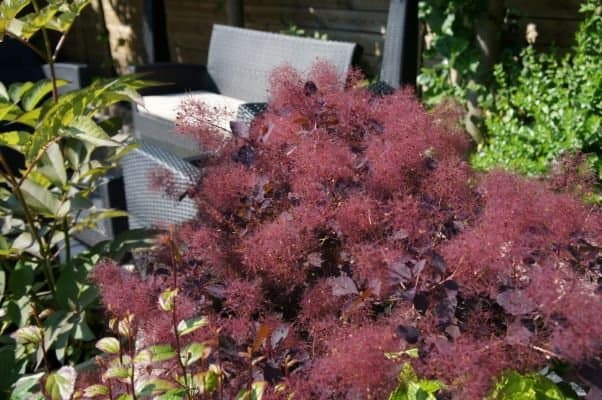
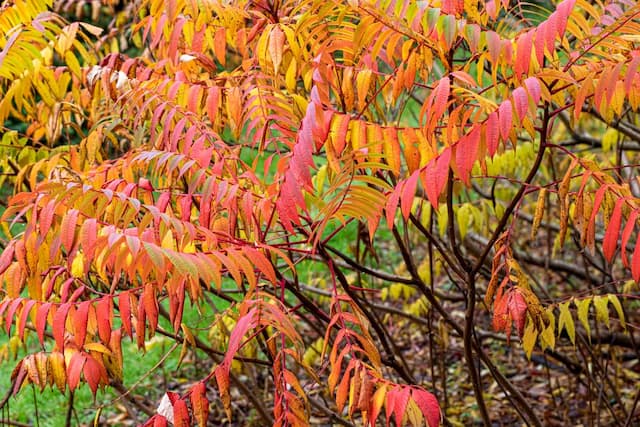

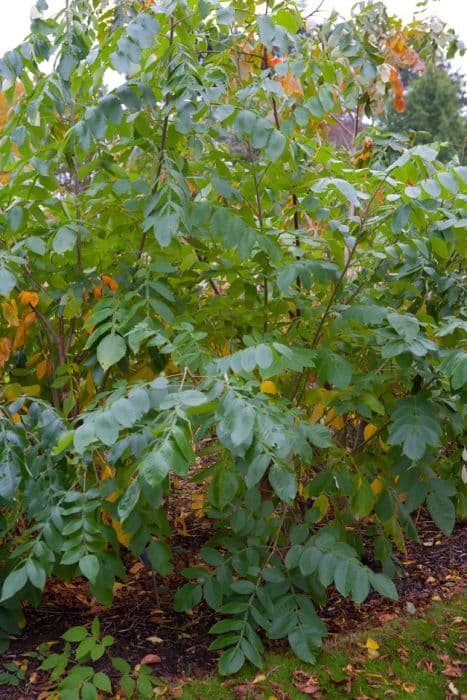
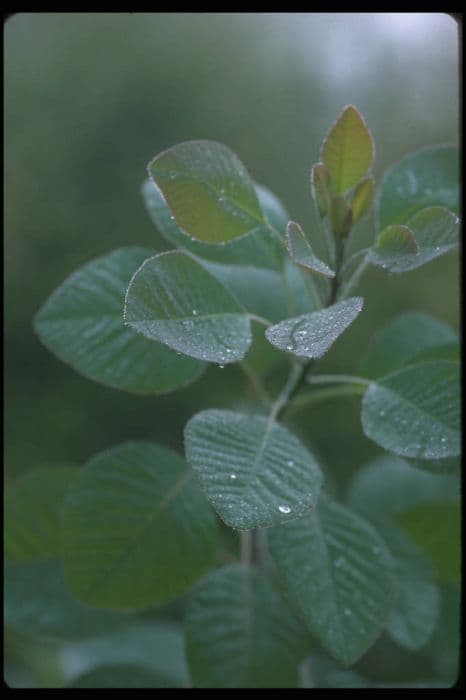
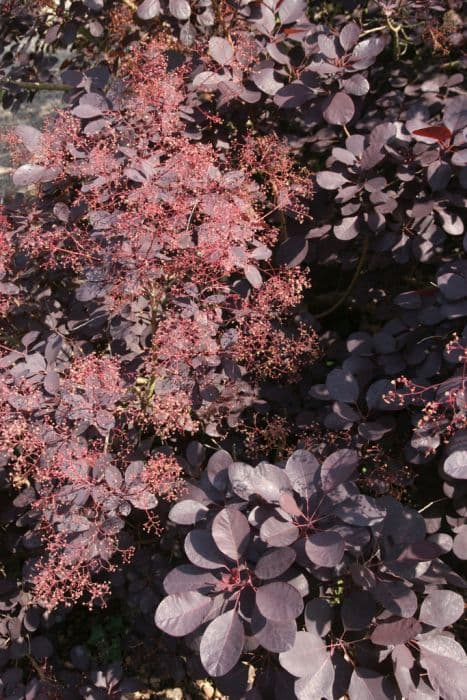
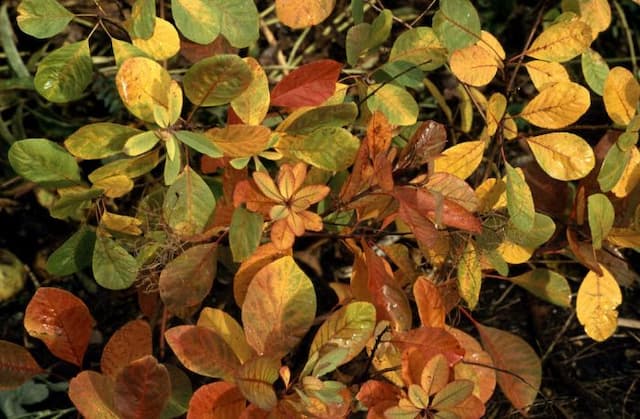

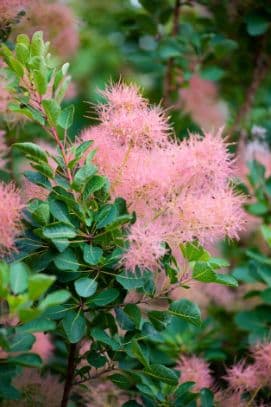
![Smoke tree [Golden Spirit]](/_next/image?url=https%3A%2F%2Fplants-admin.emdemapps.com%2Fimages%2Fplants%2F%2Fimages%2F604b63b450a12.png&w=640&q=75)